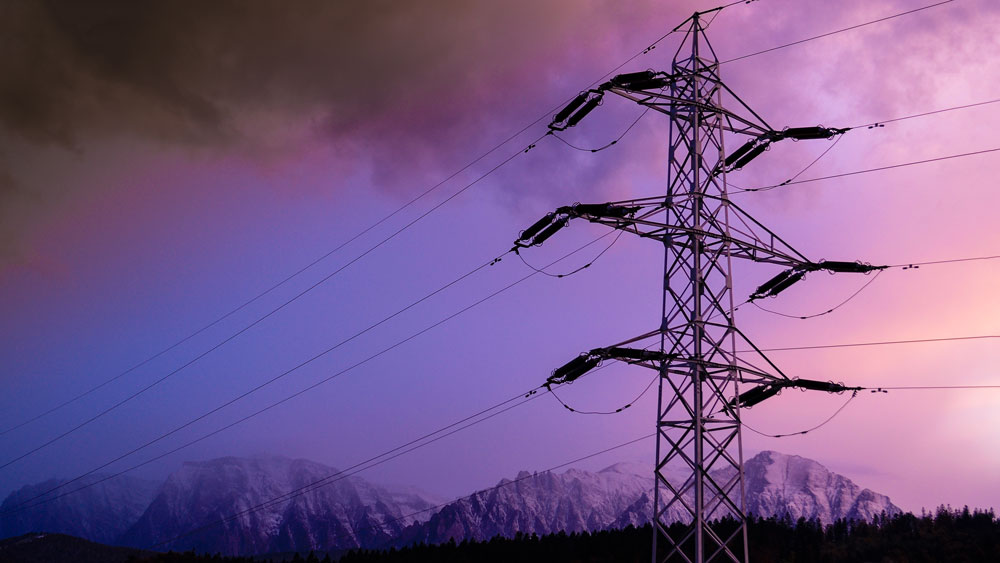Romania’s primary energy resources on the rise
In the first three quarters of this year, primary energy resources went up 1.4%, and electricity resources increased by 0.1% compared to the same period of 2017, according to data published by the National Institute of Statistics (INS). Thus, the main primary energy resources during 1 January – 30 September totalled 25.538 million tons of oil equivalent (toe), climbing by 346,800 toe compared to the similar interval last year. Domestic production totalled 15.662 million toe, down by 136,000 toe year-on-year, and import stood at 9.876 million toe.
In the same period, electricity resources amounted to 49.999 billion kWh, advancing by 52.7 million kWh compared to the corresponding period of 2017. Production in power plants was 18.910 billion kWh, falling by 1.54 billion kWh (-7.5%), in hydropower plants – 14.813 billion kWh, increasing by 3.695 billion kWh (+33.2%), and in nuclear power plants it stood at 8.331 billion kWh, down 1.6%, i.e. 134 million kWh.
Production in wind power plants amounted to 4.695 billion kWh, decreasing by 727.4 billion kWh compared to the first nine months of 2017, and solar energy produced in photovoltaic plants was 1.420 billion kWh, declining by 195.2 million kWh. Final electricity consumption in this period was 41.479 billion kWh, by 1.9% higher than in the corresponding period of 2017, while public lighting recorded a decrease by 5.1% and household consumption fell by 12.2%. Electricity export amounted to 4.346 billion kWh, down by 676.8 million kWh, and own technological consumption in networks and station was 4.174 billion kWh, falling by 52.3 million kWh.
At macro level, economic growth recorded by Romania in the first nine months of this year was 4.2%, both as unadjusted series and in seasonally adjusted terms, compared to the similar period of 2017, and compared to the second quarter of 2018 the Gross Domestic Product was, in Q3, in real terms, higher by 1.9%, according to INS data. Reported to the same quarter in 2017, GDP recorded in Q3/2018 an increase by 4.3% as unadjusted series and by 4.1% in seasonally adjusted terms.
The National Forecast Commission (CNP) reviewed downwards, to 4.5%, its estimates regarding economic growth this year, from 5.5% forecasted in July, in the intermediary summer version. It also reviewed downwards (by 0.2 percentage points) the estimate for 2019, to 5.5% from 5.7% in the previous forecast. For the following three years, figures regarding the advance of the Gross Domestic Product remained unchanged, at 5.7% in 2020 and 5% in 2021 and 2022. In turn, the European Commission (EC) significantly reviewed downwards its estimates on Romania’s economic growth in 2018, from 4.5% to 3.6%, while in 2019 it relies on an increase by 3.8%, compared to 3.9% estimated in spring, according to the autumn economic forecasts published a week ago by the Community Executive. For 2020, the Community Executive indicates an advance of 3.6%.
The International Monetary Fund (IMF) also reviewed downwards, in early October, its estimates on the evolution of Romania’s economy, for both this year and the next, following the moderation of incentives underlying the robust growth recorded in 2017, according to the latest World Economic Outlook.



